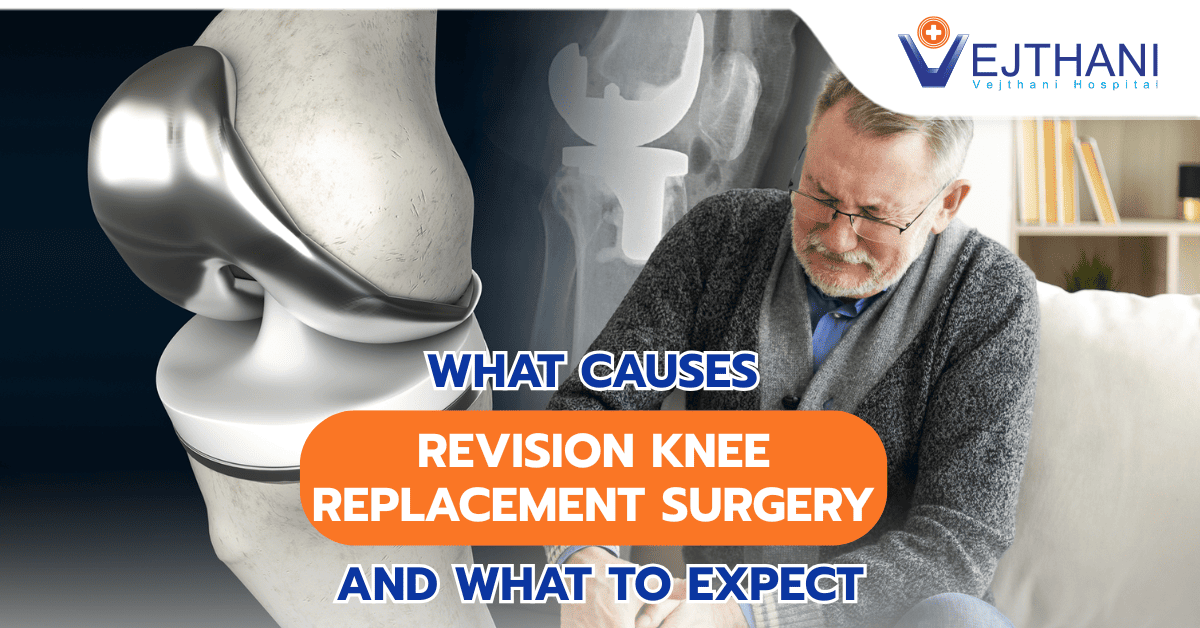
Orthodontics
Overview
Orthodontics is a dental specialty focused on correcting malocclusions, which are misaligned bites and irregular tooth positions, such as crooked, overlapped, twisted, or spaced teeth. Patients typically consult an orthodontist for treatments like traditional braces, clear aligners, and removable retainers to achieve improved dental alignment and overall oral health.
The alignment of your teeth plays a crucial role in your oral health. Improving how your upper and lower teeth fit together can help lower the risk of various dental problems such as cavities, gum disease, and tooth erosion caused by excessive wear.
These treatments are often carried out by orthodontists. An orthodontist is a specialized doctor who undergoes two to three years of additional training after completing dental school. Their expertise lies in enhancing dental alignment and correcting bites. Unlike general dentists, orthodontists do not typically administer treatments such as fillings, crowns, or bridges.
Children should ideally have their first orthodontic visit by the age of 7. While not all children will require immediate treatment at this stage, it provides an opportunity to identify any potential orthodontic issues early on. Early intervention can sometimes minimize or prevent the need for more extensive dental treatments later in life.
Reasons for undergoing the procedure
Orthodontics can benefit nearly everyone, although some individuals may require treatment more than others. Many seek orthodontic care primarily to enhance their smile’s appearance. However, beyond cosmetic improvements, orthodontics also enhances chewing function and promotes better overall oral health.
The following common orthodontic problems may include:
- Overbite, this is when your upper teeth protrude over your lower teeth.
- Underbite, this is when your lower teeth extend further than your upper teeth.
- Overlapping teeth.
- Crowded teeth.
- Crooked teeth.
- Rotated teeth.
- Impacted teeth, this teeth are partially or fully trapped in your jawbone.
Orthodontic treatment is best suited for those without serious dental problems, such as severe decay or gum disease. If you have braces on teeth that are affected by these problems, your dental health will suffer greatly.
Once you have cavities or gum disease, it’s essential to seek treatment from a dentist. After successfully managing these conditions, consult with your dentist to determine if orthodontic treatment is suitable for you.
Risks
If you neglect thorough cleaning around your orthodontic appliances, you increase your risk of developing cavities. It’s important to adhere to the oral hygiene recommendations provided by your orthodontist to maintain dental health.
Procedure
Some of the most common treatments within the field of orthodontics include:
- Braces: Braces work by gradually moving your teeth into their desired positions using brackets, bands, and wires. They come in different types depending on your needs, including traditional metal braces and clear (ceramic) braces.
- Clear aligners: Clear orthodontic aligners, such as Invisalign® and ClearCorrect®, offer a popular alternative to braces. Instead of brackets and wires, these systems utilize custom-made, clear aligner trays. Each set of trays is worn for one to two weeks before progressing to the next set in the series. Gradually, these aligners reposition your teeth to achieve the desired alignment.
- Retainers: Once you complete your orthodontic treatment with braces or clear aligners, wearing a retainer becomes essential. A retainer is a personalized oral appliance designed to prevent your teeth from shifting back to their original positions. Your orthodontist will advise you on the frequency of retainer wear necessary to preserve the outcomes achieved through treatment.
- Palate expanders: Orthodontists often recommend certain treatments during childhood because children’s facial bones are still developing, making them more responsive to orthodontic interventions. One such treatment is the use of a palate expander, which is employed to widen a child’s upper jaw. While not every child requires a palate expander, it can be beneficial in specific cases to create additional space in the mouth without resorting to tooth extractions or other procedures.
Outcome
The benefits of orthodontic treatments extend beyond cosmetic improvements to include significant functional and health-related advantages:
- Properly aligned teeth are easier to clean effectively.
- Improved teeth alignment enhances chewing and speech functions.
- Orthodontic interventions can alleviate TMJ disorder-related pain.
- A well-aligned bite reduces the risk of cavities, gum disease, and other oral health issues.
- Orthodontics contributes to achieving and maintaining a beautiful, healthy smile.
Following treatment guidelines closely and being patient until you achieve your desired results are essential. Treatment duration varies widely among individuals; for some, orthodontic treatment spans less than a year, while for others, it may extend to two years or beyond. Because each person’s needs are unique, the timeline for treatment varies accordingly. It’s essential to consult your orthodontist to understand fully what to expect during the process.
To maintain the results of orthodontic treatment long-term, wearing your retainer as directed is crucial. This helps prevent your teeth from shifting back to their original positions over time.
You can schedule an appointment with an orthodontist whenever you have concerns about the appearance, health, or function of your teeth. Many orthodontists accept patients without requiring a referral. However, your dentist can also provide recommendations for an orthodontist if needed.
If you believe your child may benefit from orthodontic evaluation, consult your dentist for recommendations. Orthodontists typically begin seeing children as young as 7 years old.
Contact Information
service@vejthani.com






















